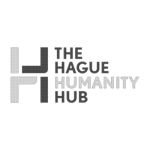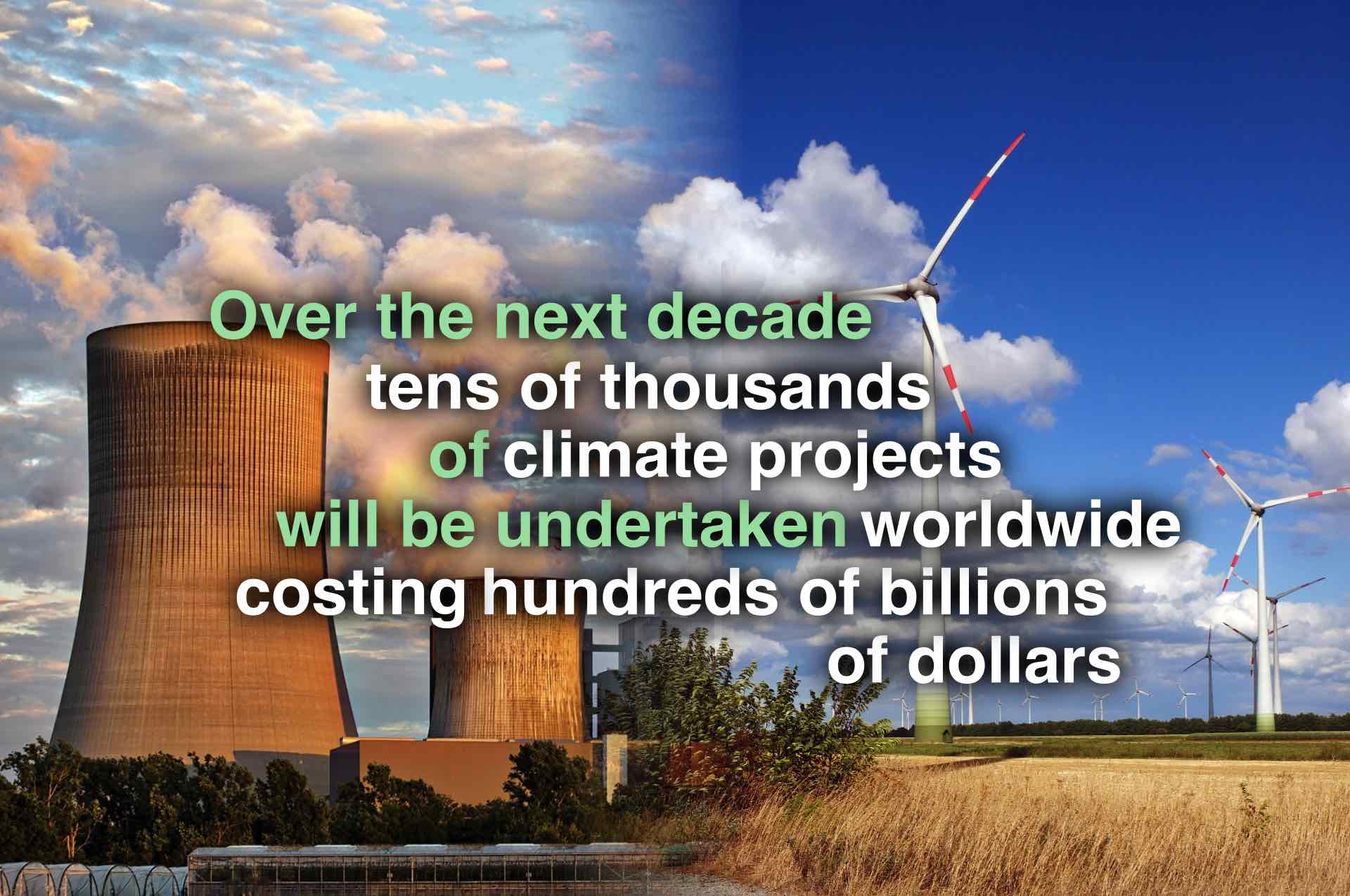Creating a Global Digital Knowledge Sharing Network to Accelerate CO2 Reduction
Using advanced digital modeling we help municipalities, regional and national governments as well as private sector companies reach their sustainability and resiliency goals more quickly, at lower cost, with improved quality and at lower risk
The Climate Action Center
The Climate Action Center (CAC) is a “Digital Fieldlab” that is assembling a consortium of stakeholders with global reach who employ the latest Digital Engineering techniques to significantly reduce the risk, cost and time required to run complex sustainability and climate resilience projects. Our concept is employ reusable digital models representing the solutions that need to be put in place to reduce CO2 emissions and prepare for the impacts of a changing climate on our communities. These models will then be used to accelerate and de-risk project execution. We build on over two decades of success within the European Space Agency, which has been using the same digital techniques to undertake the high-level designs for space missions. Please read on to find out more about the CAC, the stakeholders involved and how we aim to significantly accelerate and de-risk CO2 reduction and climate resiliency projects.
How We Will Massively Accelerate CO2 Reduction
Step 1: Create Digital Models →
Using technology perfected at the European Space Agency (ESA) over the last two decades, we aim to create reusable digital models and digital twins of the most common CO2 reduction and climate change mitigation projects. These digital models will represent all facets of projects including engineering details, cost, risk and how the public is engaged.
$O
Step 2: Make the Models Free ↓
The reusable models are high level representations of real projects and can be both created and used without incorporating intellectual property from commercial or academic partners. Because of this, the models can be made freely available under an open source license to our global network of public and private sector customers, thus making it much faster to kick-start new projects.
↑ Step 4: Accelerate and De-risk
The reusable digital models provide an amazing repository for knowledge and lessons learned. Complex projects that start from an existing model can be significantly accelerated with lower cost and higher quality, all of which contribute to reaching climate targets earlier and with lower risk. Digital models and twins will continue to evolve over time to provide even more value to future users.
← Step 3: Build a Huge Network
The more customers we have reusing the models, the more types of models we can develop. The models can also become more detailed to cover a wider cross section of climate related solutions. This will help us attract new customers which will ultimately result in even more models being developed, thus creating a positive feedback loop that benefits all who are involved in the ecosystem.
Can This Work?
Yes! The European Space Agency has been using Digital Modeling and Concurrent Design for over 20 years and the results have been dramatic. The early stages of projects can be completed in six to eight weeks as compared to projects taking six to nine months previously. The cost of the early stages of projects has been cut in half and, perhaps most importantly, the number of engineering changes after contract award has dropped by over 30%, which represents a huge savings in terms of both cost and time as well as overall improvement in quality and reduction of project risk. Our Digital Fieldlab aims to prove that we can achieve similar results for complex climate related projects using the same techniques, technologies and skillsets.
0
%
Lower Cost
0
x
Faster
Visit ESA CDF Site
>
0
%
Quality Improvement
Stakeholders
Public Sector
Many climate CO2 reduction projects will be undertaken by city and regional governments and these are the organizations that stand to benefit the most. National governments also play a role as they have made CO2 reduction pledges and therefore should help provide city and regional governments with the tools and other resources they need to execute.
Academia
Academia plays a key role in bringing in fresh new ideas and in helping to assist in the development of highly accurate digital models and digital twins of complex climate change projects. In some nations, Climate Action Centers can be built on university campuses as an ideal location for multidisciplinary groups to meet and exchange ideas.
Private Sector
A critical stakeholder group are private sector companies that will be responsible for executing the large and complex projects required to both reduce CO2 and make our cities more resilient to climate change impacts. But there are other important private sector actors, including digital modeling software vendors, and companies that provide training and facilitation of Digital Engineering and Concurrent Design sessions.
NGOs, Research Institutes and Non-Profits
NGOs, Research Institutes and Non-Profits are an incredible source of expertise that can be used during Concurrent Design Sessions ranging from engineering support to providing insights about the economic, political and societal impacts of projects. Often times these aspects are missing from project planning, which can create significant problems later during project execution.
Climate Action Center Foundation
The Climate Action Center Foundation is a non-profit organization that will act as the custodian / owner of the digital models developed over time. The CAC Foundation will have a small staff of Digital Modeling experts that can ensure widest possible dissemination of models and assist customers in identifying the right models to choose for specific projects.
Advisory Panel
Our multi-disciplinary Advisory Panel brings rich experience from government, academia, industry and the startup community. Please use the contact form on this site and we can connect you to any of our panel members to learn more about the CAC Digital Fieldlab.
[tmm name=”advisory-panel”]
Supporters / Partners





Previous
Next
Key Aspects of the Climate Action Center

Integrated Modeling Software
Developing reusable digital models of complex projects cannot be done in a single software package because of the multidisciplinary nature of the problems to be solved. What is required is an integrated suite of different modeling packages that allow for the development of comprehensive “system-of-systems” models. At the CAC we achieve this using the same software that is used for this purpose at ESA: RHEA Group’s Comet / CDP4. Using Comet, digital models representing engineering solutions, cost models, risk models and more can be connected so that changes in one model can automatically trigger updates in other models. Comet is open-source software which makes it easy and inexpensive to implement.
Digital Models & Digital Twins
Perhaps the most important element of the CAC are the digital models used to represent complex solutions. There are several different types of models, including models of the high-level design that are created at the earliest stages in the life of the project and also more comprehensive “digital twins” that are developed at the later stages of projects. Our aim is to make all of the early stage models free and open-source where they can serve as valuable tools for transferring knowledge from current projects to future ones and accelerating the startup of new projects. In some cases, the CAC might also be used in later project stages where digital twins would be developed and used. It is likely that these models will contain intellectual property, but we may still be able to share these with other stakeholders with the consent of the customer.


Special Highly Parallelized Processes
While our models provide the “Digital Heart” of the CAC, the nervous system would be the Concurrent Design (CD) process developed by ESA. CD is an end-to-end process model that is fully developed and includes a prescriptive set of steps that projects go through from the earliest stages to the point at which all key decisions have been made and documented. It also consists of number of roles, some of which are very specific to Concurrent Design. In the CAC, these roles are filled by professionals sourced from our partner companies such as the RHEA Group. This is hugely beneficial to the customers as very few organizations running projects need to have these types of experts full time on staff.
Multidisciplinary Project Teams
One of the key success factors of CD is assembling the right team to participate in the process. This is one way project acceleration is achieved. By having empowered stakeholders together in one room at the same time, a huge amount of unnecessary documentation and emails can be eliminated. When tradeoffs need to be made, the customer / end user is there with the design team to discuss the alternatives and rapidly come to a decision in a matter of minutes whereas similar decisions made using documents and emails would take days or weeks. An added benefit of having the team work side-by-side during CD sessions is that it builds trust among team members and significantly reduces the chances that team members will have to make educated guesses about key aspects of the project.


Advanced Facilities
Far too often, teams on complex projects work in facilities that contain little more than a few projectors, a VTC connection, desks and some chairs. In this case, the room is providing very little benefit to the decision making process. The Climate Action Center’s unique Digital Decision Facility (DDF) is a room that is designed from the ground to the ceiling to support multidisciplinary and geographically dispersed teams in rapidly making decisions to support improved outcomes for complex projects. Many of the aspects of the DDF have been designed taking into account lessons learned at the European Space Agency (ESA) in their Concurrent Design Facility (CDF).






